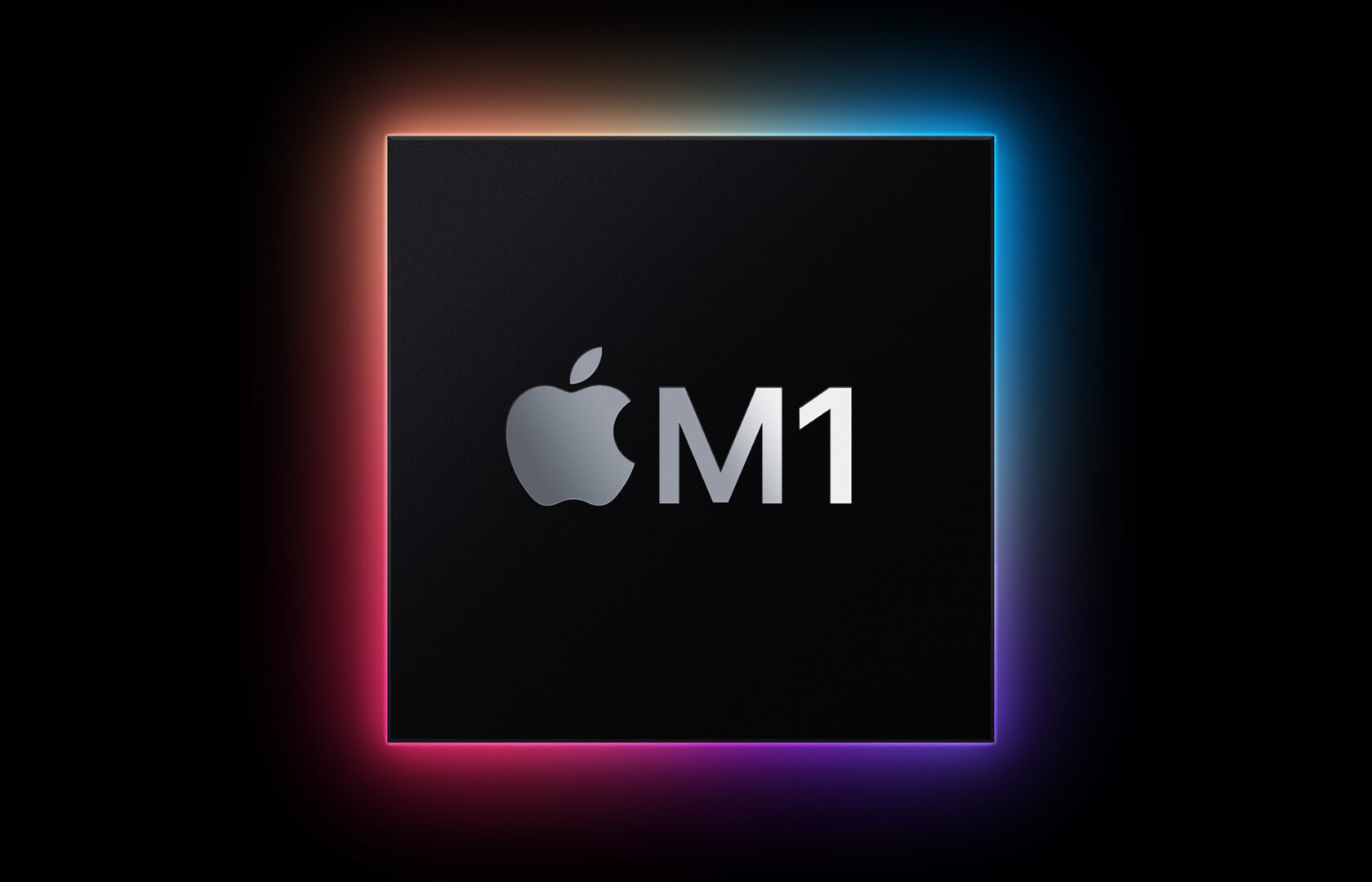Apple’s M1 Macs may not fully support Linux just yet, but that’s on the verge of changing.
Apple’s M1 processors power its next-generation Macs. Based on the same designs the company has been using in its iPhones and iPads for years, the M1 has received accolades for its performance and battery life. While most users are perfectly content with Apple’s macOS, some would prefer to run Linux.
Linux on the Mac has a long and healthy history. Many individuals prefer running Apple’s hardware, thanks to its leading-industry design and features, but want the freedom Linux provides. Unfortunately, because Apple just started using the M1 in its Macs, developers have to start from scratch, reverse engineering the hardware and drivers.
Asahi Linux is one of the leading efforts at getting “a polished Linux® experience on Apple Silicon Macs.” Alyssa Rosenzweig, one of the graphics developers working on the Asahi project, shared an update via Twitter.
Bryan Lunduke, former Deputy Editor of Linux Journal and a former technology journalists at Network World, is a Linux user who is in the target audience for the Asahi project. He breaks down exactly what Rosenzweig’s announcement means:
So. What can we glean from all of this?
- The Asahi Linux team has Linux (Debian, in this case) booting and usable with network support.
- They now have (very early) display drivers which “take full advantage of the display hardware.”
- They have at least two base distributions — both Arch and Debian — working and functional (to some extent).
Rosenzweig’s announcement is good news for users looking forward to running Linux on the M1. Linux already has a well-deserved reputation for breathing new life into older hardware, thanks to its slim system requirements. It will be interesting to see what it can do with M1-level performance at its disposal.




 WebProNews is an iEntry Publication
WebProNews is an iEntry Publication